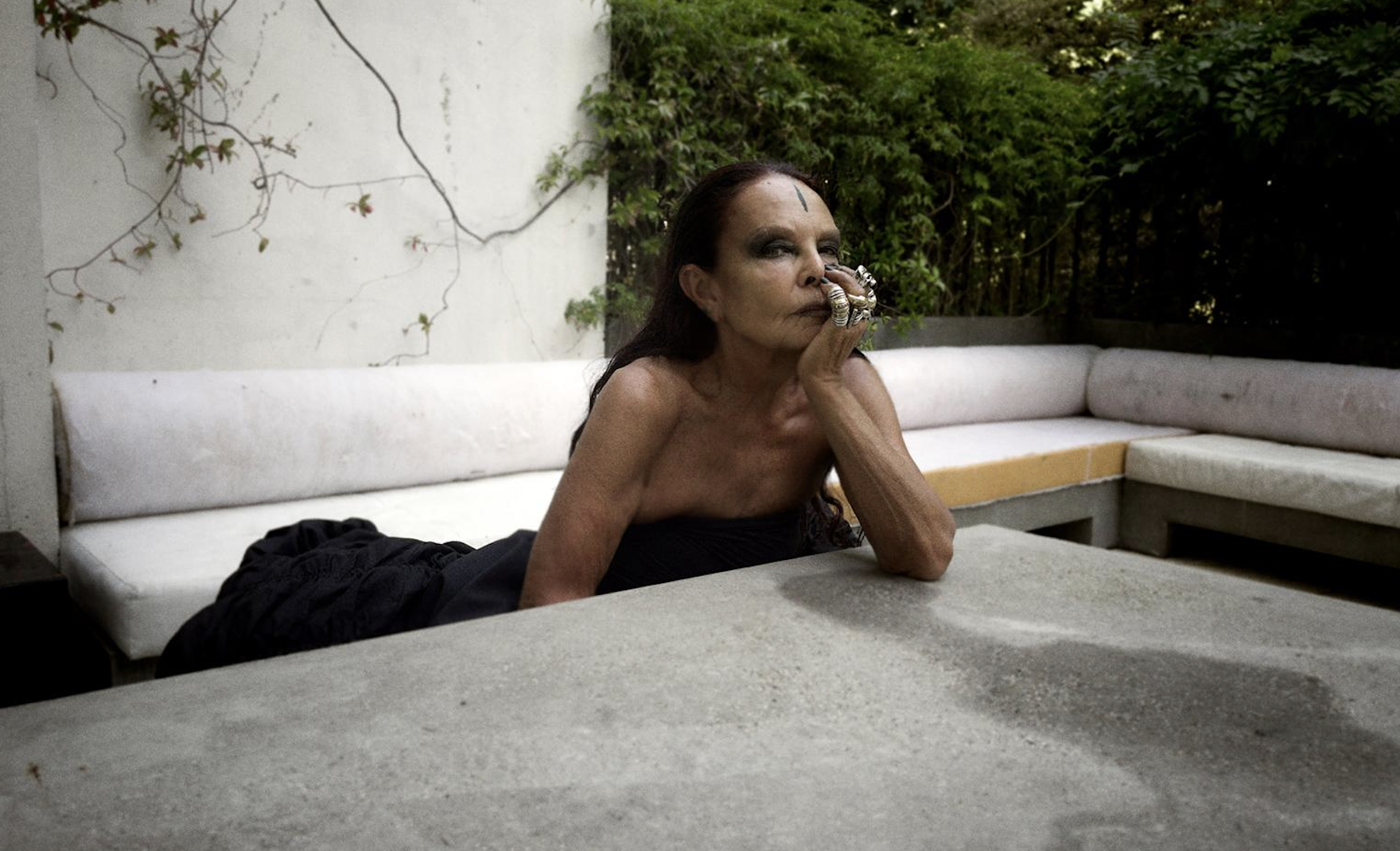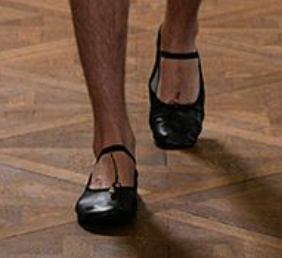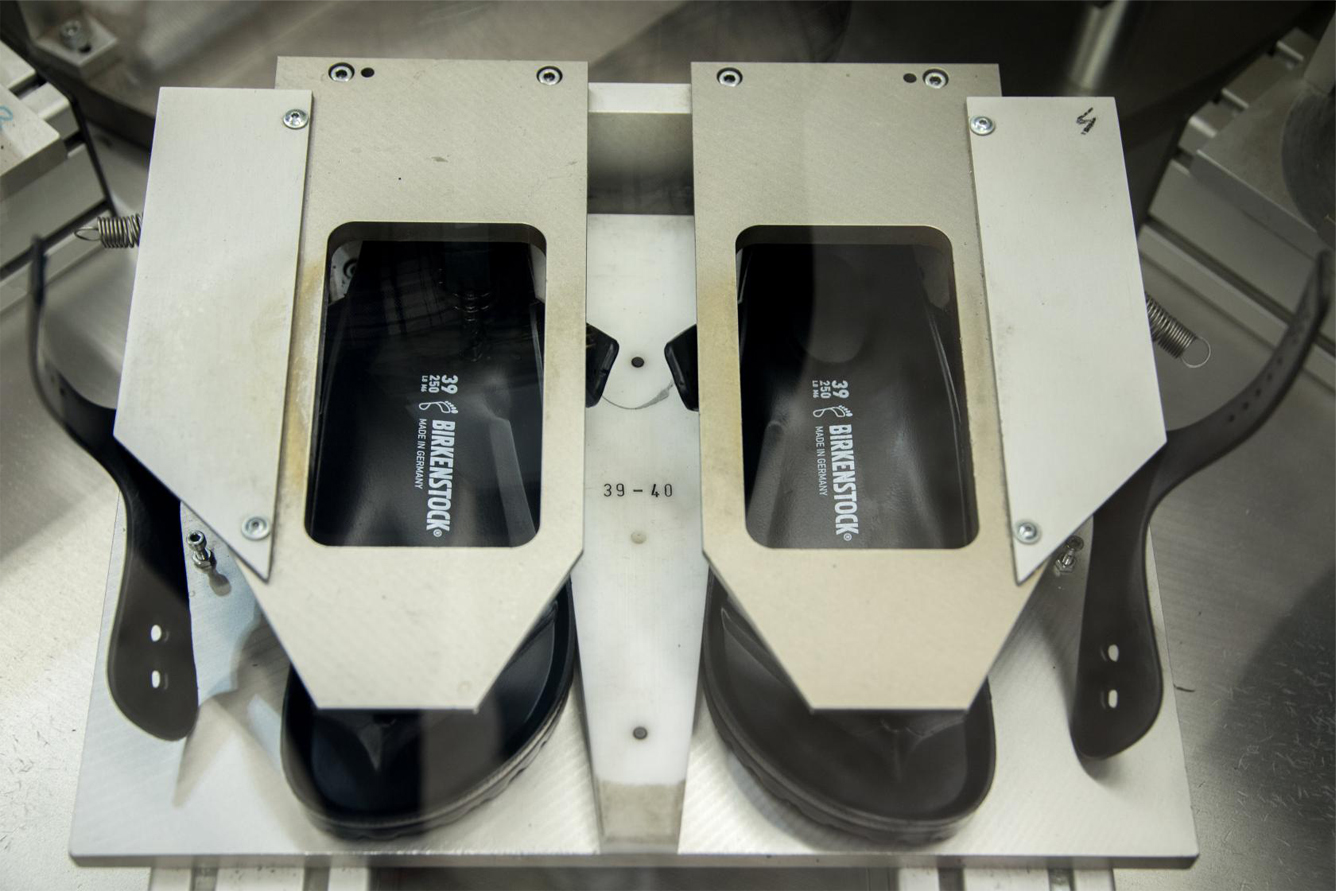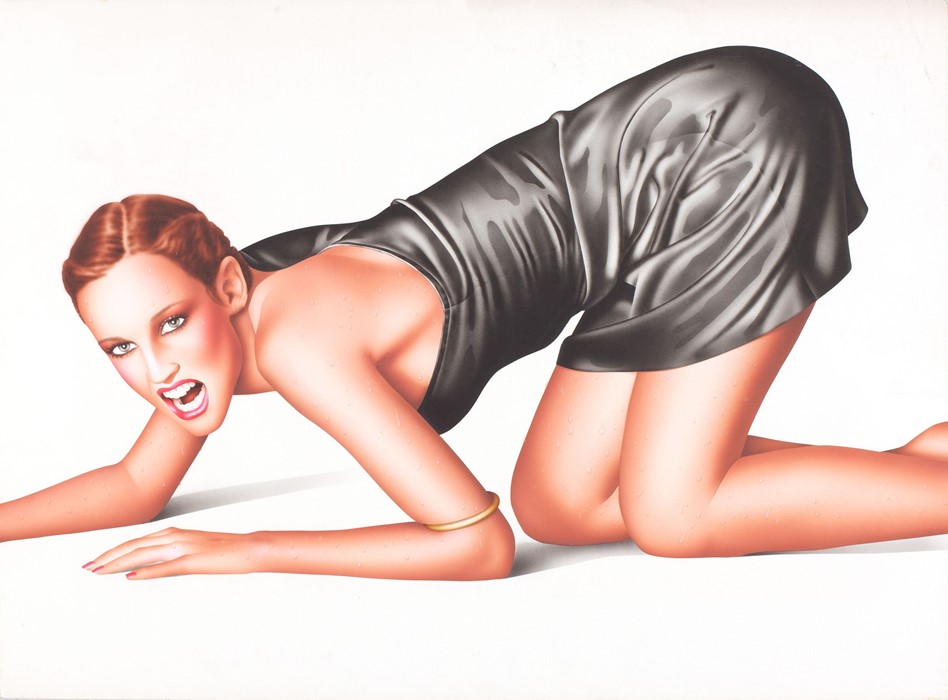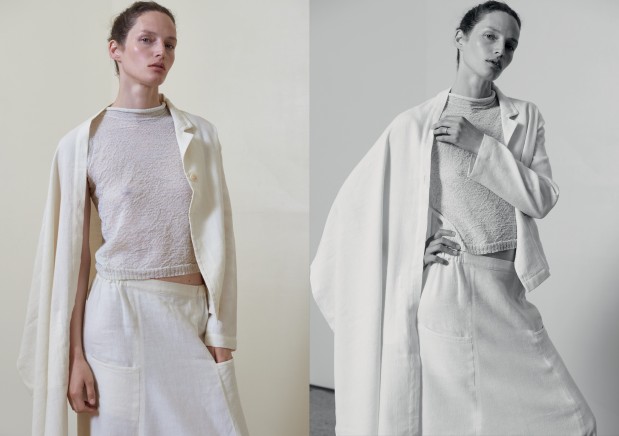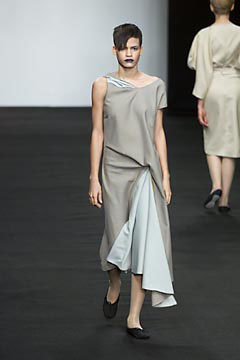Lessons We Can Learn

Almost all of the obituaries penned upon the death of Elizabeth Taylor in 2011 forgot to mention what is widely considered to be her worst ever film. Between 1968-1974, at a new point in her personal life, Taylor starred in a string of questionable pictures, accepting a number of roles from more experimental English and continental directors. Giuseppe Patroni Griffi – best remembered for his adaptations of operas for film and television – directed her in the film version of Muriel Spark’s taut, dark little novel The Driver’s Seat which was first published in The New Yorker in 1970.
The film premiered at Cannes in 1974 to stunned silence, and still remains largely unseen. In it, Taylor plays Lise, a woozy-eyed dame who flees her home and desk job of 16 years to find a man to murder her. Andy Warhol makes two brief appearances playing a corrupt diplomat with a fuzzily dubbed English accent. Despite its many high points – from Vittorio Storaro’s rich cinematography of Rome, Taylor in a Technicolor multi-striped trench throughout and a scene during which she rapidly applies make-up on in a hotel bathroom mirror – The Driver’s Seat has only ever really been appreciated by a cult audience, thirsty for its tawdry, glitchy ambience. It enjoyed a second life as an Avco-Embassy VHS release in the 1980s in the US but today is entering a third, post-video phase as a raft of gay critics have rightfully lauded Taylor’s mystified performance as the peak of Euro art house camp. In The Driver’s Seat, fashion is used to both define and lead the spooky Lise to her pre-planned end. Taylor is exquisite in her full-flowing, full-bodied lunacy. Here, we decipher what we can learn from its eccentricity...
![]()
SHOP SMART AND READ THE LABEL
In the opening scene, we find Lise sauntering through a maze of nude dress mannequins whose heads are all wrapped up in silver foil. She is shopping for a specific ensemble for her trip to the South. Trying on a heavily printed blue, red and orange dress – an outfit we’re lead to believe is too vivid for most people’s tastes – Lise admires herself in the mirror sniffing: ‘people in the North know nothing about colours. They’re conservative and old fashioned. This…’ Taylor delivers in pitch perfect Trans-Atlantic, ‘is a pure blend of natural colours. Absolutely natural.’
We all know that exchanges between shop assistants and shoppers are complex, fraught with nuanced, slight movements of the mouth and anxious prattle. Here, the coolly detached sales girl thinks she is doing a good thing by telling Lise that the dress is made from a wonderful new stain resistant fabric. Upon hearing this, Lise immediately begins to pull at the cyan pussy bow as if it were a noose around her neck, ripping the dress off her body. Taylor at her shrill best shrieks: ‘Who asked you for a stain resistant dress!’ bursting through the changing room curtains, delivering the rest of the scene in an enormous transparent, putty-coloured bra. Readers of Spark’s book will know the reason behind Lise’s jittery behaviour (she wants the blood of her mutilated flesh to show), but Griffi leaves it ambiguous. However, it’s clear that Lise is a woman who knows exactly what she wants and she won’t stand for anything less. Best advice? Always read the label.
![]()
![]()
EMBRACE A PSYCHEDELIC PALETTE
In 1936 aged 18, Spark worked in Smalls department store in Edinburgh and had a lifelong love of eye-catching clothes. She would buy herself jewels and designer clothes every time she released a new book. ‘Clothes are always important in Sparkworld but seldom as much as in The Driver’s Seat,’ novelist John Lanchester writes in his introduction to the book’s 2006 edition. In the film, the costume designer Gabriella Pescucci – having worked on films with Pasolini, Fellini and Visconti – somehow found her way onto the set, probably lured by the opportunity of working with one of Hollywood’s greatest faces. She had the difficult job of dressing Taylor as close to Spark’s original Lise: ‘With green and purple squares on white background, with blue spots within green squares, cyclamen spots within purple.’
Lise’s loud, brash clothes are a sign of her derangement and contempt for modern life. Taylor wears a psychedelic patterned dress and multi-coloured chevron striped coat with a mane of fuzzy, mad hair and a gaze of faint bewilderment. The make-up is old-fashioned and peculiar. Her clothes are of an old-fashioned length too: ‘Lise in her knee-covering clothes at this moment looks curiously of the street-prostitute class beside the mini-skirted girls and their mothers whose knees at least can be seen. So she lays the trail,’ Spark writes. Fashion is fuelled by the insecurities of those who follow it. And Lise is no exception. She is a bold, beautiful, bonkers sartorial tour de force, using her clothes to repel an increasingly sanitised world.
![]()
EAT QUIETLY
Eating well and telling people about it is the ultimate pastime of the new bourgeoisie. The endless stream of organic cookery blogs with their accompanying books and well-heeled Instagram accounts must be stopped if only to save us from ourselves. Such proclivity for clean eating poses a very real threat to the art of conversation. On her flight to Italy, Lise is sat next to a cultish macrobiotic sleaze named Bill. He delivers a sermon on the benefits of eating only unpolished rice as Taylor rolls her violet eyes. Spark created the character of Bill to make fun of modern fads of the time and here, the late Scottish actor Ian Bannan plays him with slimy haplessness.
‘Everything depends on diet. A macrobiotic diet and the sex is always sexy. You should eat yang not yin!’ Bill coos to Lise. ‘Yin is the opposite of yang. Yin and yang are ways of life!’ He travels with plastic packets of brown rice in his pocket that burst and run down his trouser leg, leaving a trail wherever he goes. Even Lise’s thick eyebrows fail to tremble when Bill explains that he requires an orgasm a day because of his special diet. ‘I am an idealist…When I diet, I diet. And when I ORGASM, I ORGASM. I don’t believe in mixing the two cultures,’ she says. If ever there were a line sure to put macrobiotic bores back in their place, that would probably be it.
![]()
MAKE BELIEVE
On Etsy right now you can find more than a dozen digitally printed posters for sale, each one exhibiting the following quote in an assortment of agreeable typefaces: ‘Pour yourself a drink, put on some lipstick, and pull yourself together.’ It has been credited to Taylor although it isn’t really known when or if she really said it. If she did believe in the power of maquillage though, then the job of playing Lise came at just the right time.
Filming began one day after she had filed for divorce (for the first time) from husband Richard Burton. Arriving on set she reportedly said to her director: ‘it takes one day to die, another to be reborn.’ Taylor’s greatest moment comes as a sixty-second powder and paint soliloquy in front of a sallow bathroom mirror. Therapy and ritual, it unfolds to the dripping sounds of sparse piano notes as Lise and Liz teasingly converge. She paints metallic blue eyeshadow onto her deep lids with a stubby brush; skims thick wedges of kohl along the bottom of her demonic eyes. Frisking her hair, she carefully plants a pair of pale pink sunglasses onto her face and stands back away from the mirror clutching a paperback copy of Richard Neely’s psycho thriller The Walter Syndrome, which she carries throughout the film.
The American academic Camille Paglia reflected on Taylor’s sensual, Dionysian mystique in her perky essay for Penthouse in 1992: ‘She instinctively understands the camera and its nonverbal intimacies. Opening her violet eyes, she takes us into the liquid realm of emotion, which she inhabits by Pisces intuition.’ Taylor’s fading ferocious beauty is laid bare in a scene that is ripe for dissection on RuPaul's Drag Race. Lise is preparing for her date with death but Liz is only just getting started.














